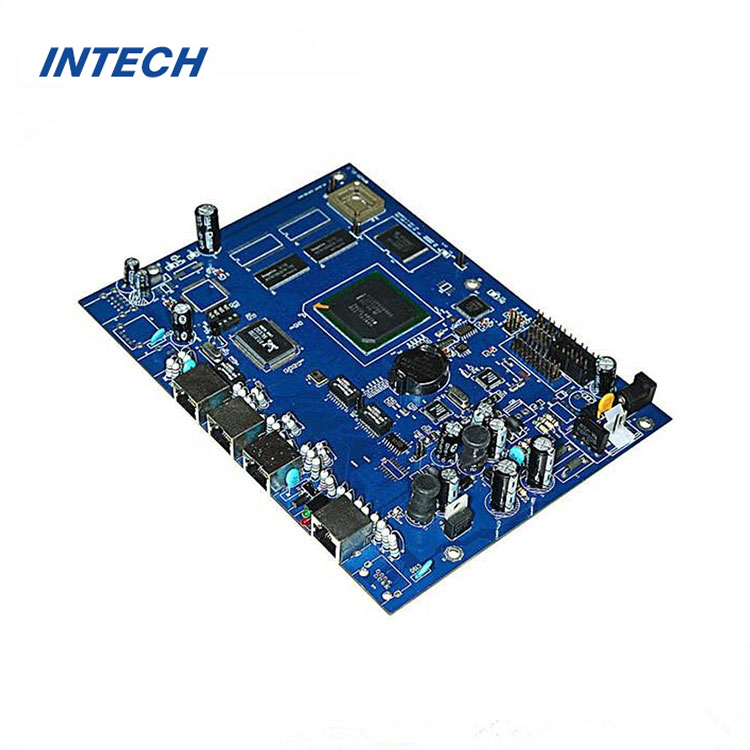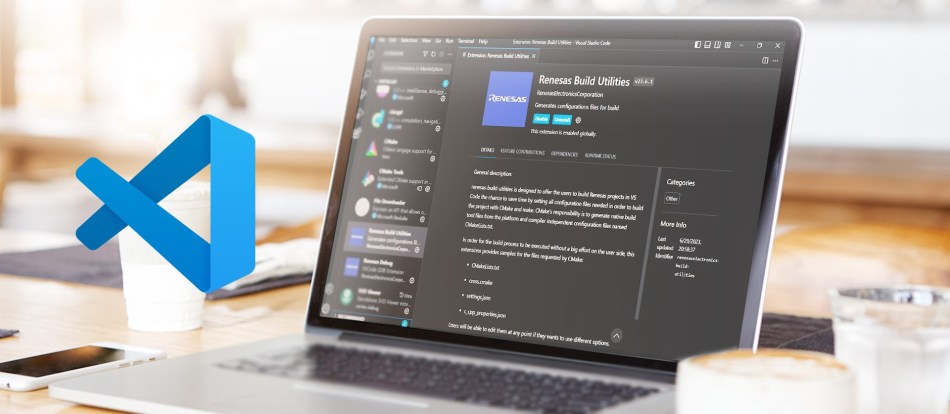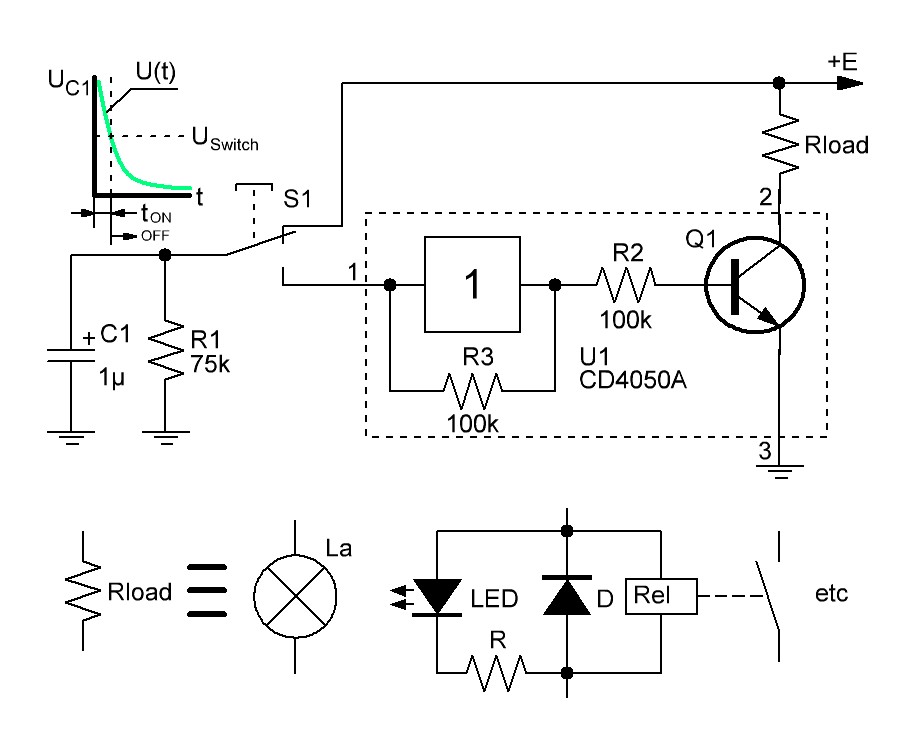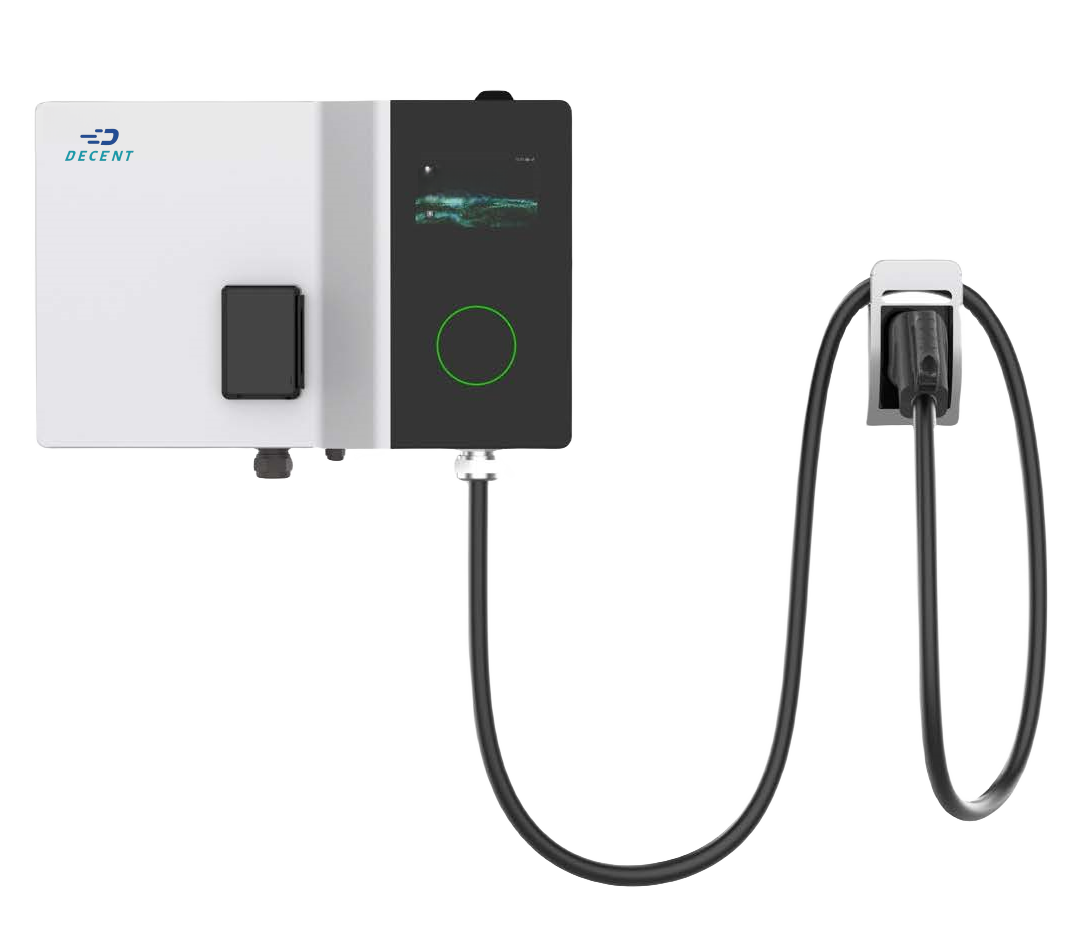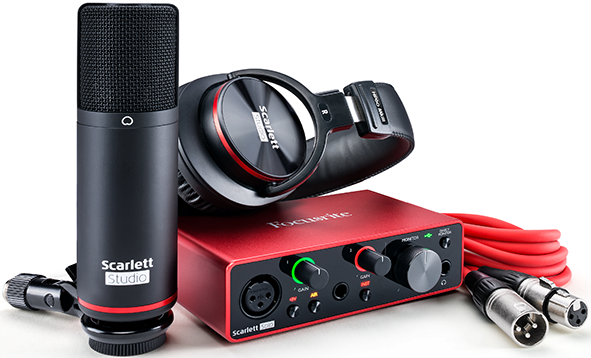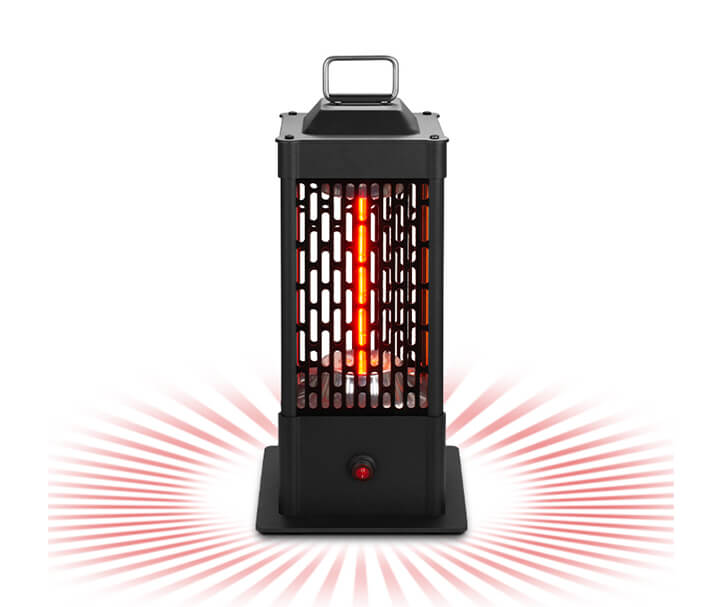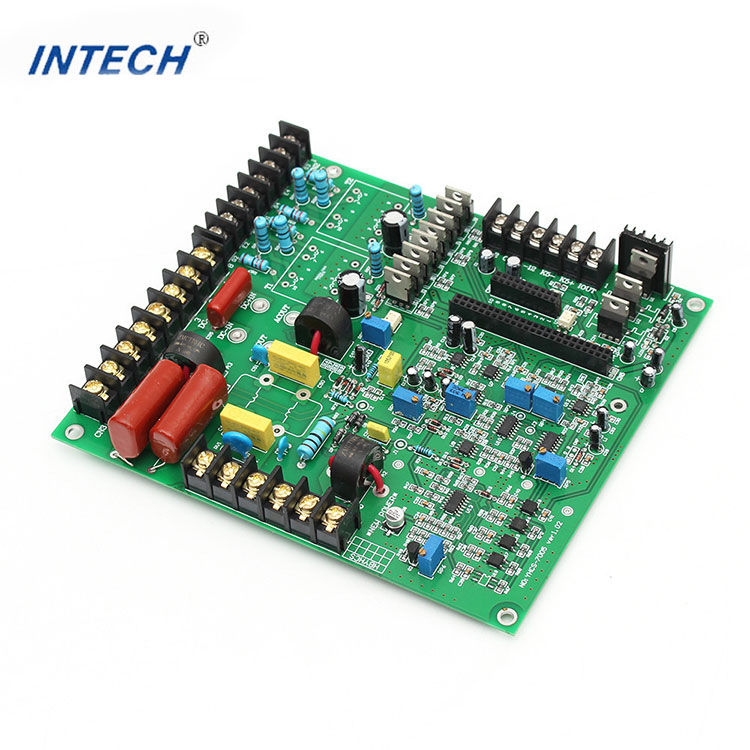
Apple’s latest product pronouncements: No launch events, just news announcements
- Consumer
- 2023-09-23 22:51:27
Back in early October 2022, a month after Apple’s most recent product launch event, I wrote:
I’m wondering if Apple will be skipping its second fall event this year, instead choosing to announce whatever (if anything) it plans to only via press releases. And if so, I wonder what this might say about Apple’s current technology and product health: is it having difficulties taping out higher-end Pro and Max variants of the M2 SoC unveiled in June, following in the footsteps of the M1 and its M1 Pro and Max bigger siblings, for example? And/or is foundry partner TSMC having problems getting them to yield sufficiently to allow for system production based on them? And speaking of M2-based systems, is an Apple Silicon-based successor to the legacy x86-based Mac Pro and/or iMac Pro still in the cards for 2022? Inquiring minds want to know.
I instead filled that early-October editorial “slot” with coverage of the latest from Amazon and Google. As it turns out, I was right; there (atypically) was no second Apple fall event in 2022 (although as you’ll soon see, there’s intriguing evidence that one was originally planned). Instead, since September all we’ve gotten is a string of press releases, which is…interesting. And as I write these words in late February 2023, there’s been no hint of an upcoming (typical) spring event, either. Judging from the steady stream of leaks, Apple seemingly continues to work on its upcoming “mixed reality” headset, initially rumored to be released this spring, although the latest prognostications peg it for this summer’s yearly Worldwide Developer Conference (WWDC). Truth be told, WWDC is where I always suspected the “reveal” would happen, since new product platforms rely heavily on third-party app and service embraces for success.
That all said, Apple’s press release-unveiled products are still interesting, at least somewhat and at least some of them. I’ll begin with the M2 Pro and Max follow-ons to the baseline M2 SoC unveiled at last June’s WWDC. For chronological comparison purposes, here’s when the M1 SoC family rolled out:



The dual-die transposer-linked M2 Ultra (not to mention the rumored quad-die M2 Extreme) haven’t arrived yet and, if rumors are to be believed, may never appear. But the M2 Pro and Max are here, as of mid-January. Conceptually, the evolutionary path is reminiscent of that in the earlier M1 family trajectory:
The “Pro” variant has more CPU cores, along with an altered performance-vs-efficiency core proportion, than the baseline precursor, along with more graphics cores, whileThe “Max” variant is identical to its “Pro” sibling from a CPU subsystem standpoint, albeit with a doubled-up graphics subsystem.Both devices’ architectural upgrades come with commensurate larger transistor-count budgets, with all three family members on a common “second-generation 5 nm” lithography foundation (and benefitting from common M2-family enhancements over M1 predecessors). Specifically:
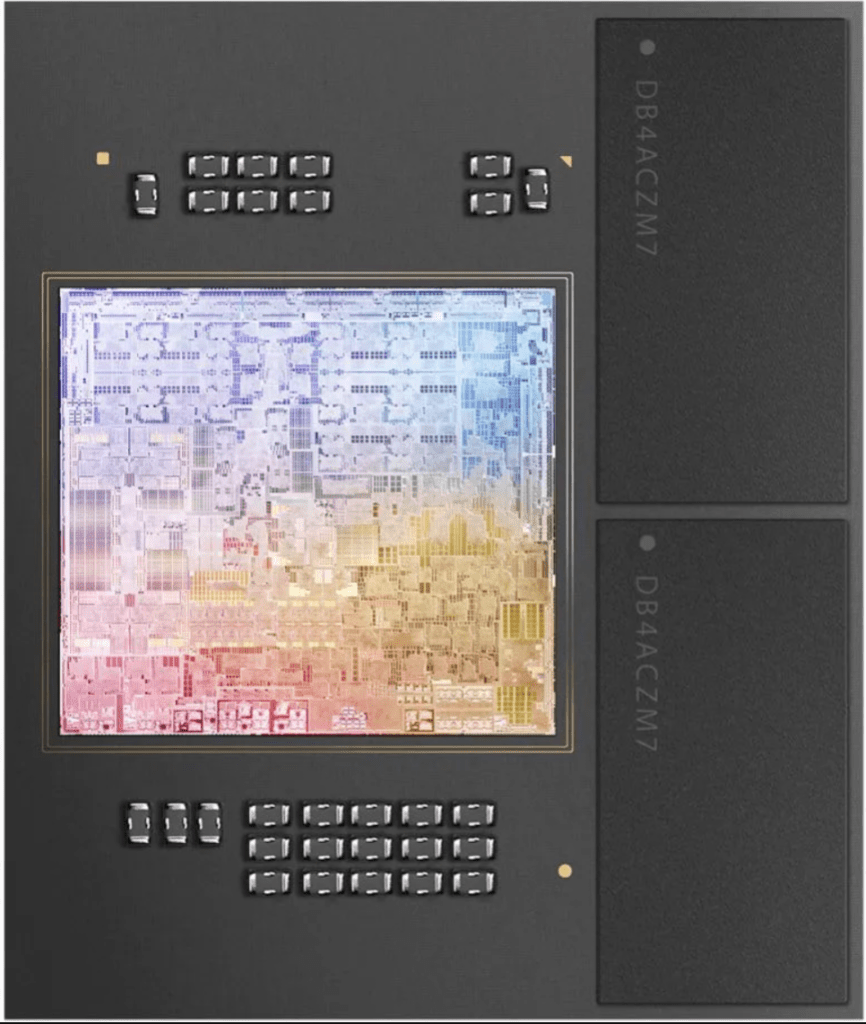
M2:
8-core CPU (4 “performance”, 4 “efficiency”)Up-to-10 (functional) graphics cores20 billion transistors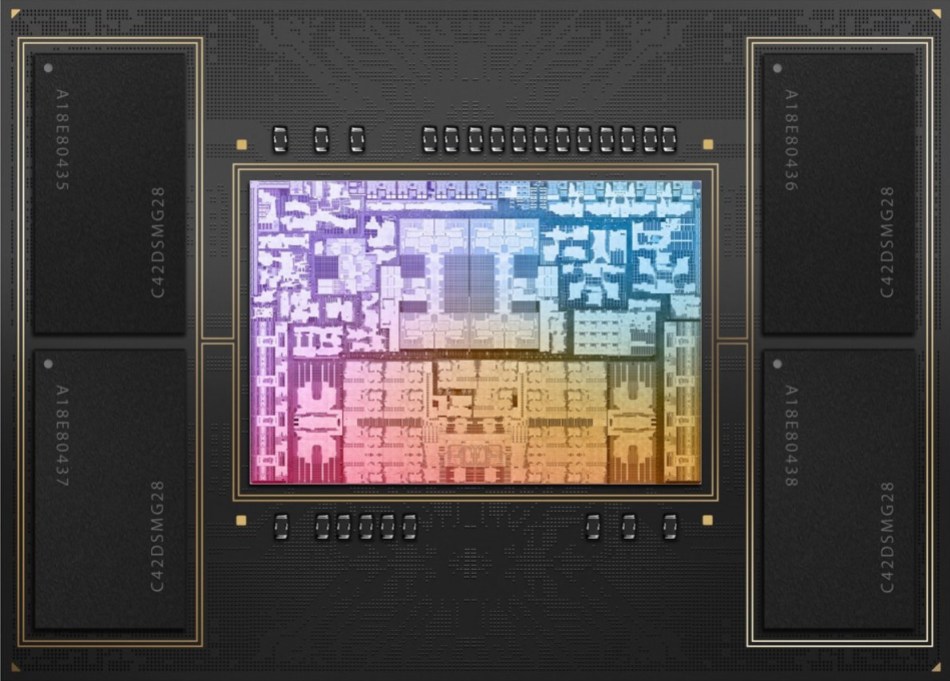
M2 Pro:
Up-to-12 (functional)-core CPU (6 or 8 “performance”, 2 “efficiency”)Up-to-19 (functional) graphics cores40 billion transistors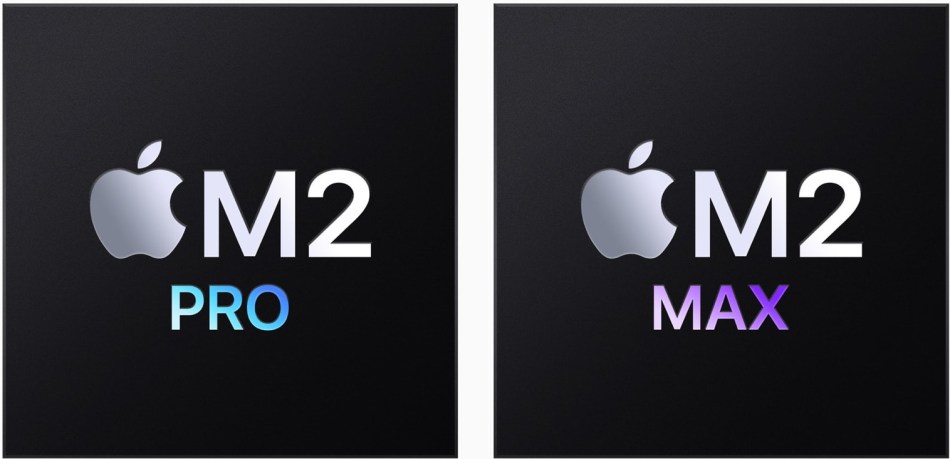
M2 Max:
Up-to-12 (functional)-core CPU (6 or 8 “performance”, 2 “efficiency”)Up-to-38 (functional) graphics cores67 billion transistorsIf you’re wondering why I repeatedly clarified these sets of specs with the word “(functional)”, allow me to explain. If you look at a die shot of the M2 Pro, for example, you’ll see all 12 CPU cores and 19 graphics cores present there. But each of them takes up a not-insignificant chunk of silicon area, leading to a statistically not-insignificant probability that a fabrication flaw (particulate, etc.) will end up within one of them versus elsewhere on the die. In such a case, instead of discarding the entire sliver of silicon, Apple and its manufacturing partners “fuse” off the flawed circuitry and ship the chip as a lower-core-count, lower-priced product option.
This methodology, also commonly used (for example) by graphics chip companies, is why the M2 Pros within Apple’s systems come in versions with both six- and eight-“performance” CPU cores, along with sixteen- and nineteen-graphics core allocations (currently, at least: additional future proliferations are of course also possible). The SoC’s “efficiency” CPU cores, in contrast, are not only few in number but also comparatively tiny, and are therefore comparatively immune to flaw-induced failures. Such a strategy might seem wasteful at first glance, and in a sense, it is: you end up solely with large-die chips that consume more foundry wafers than a number of smaller-die chips would require. But you also reduce the number of “line items” that not only have to be designed upfront but must also be ongoingly managed throughout the supply chain.
About that “19” graphics core count; yes, I agree, it’s an odd number to see for us engineers who are used to encountering only even counts of things (and power-of-two ones, at that). But according to Apple, that’s the actual number of cores on the die, and the optimum number from a layout efficiency standpoint. And regarding my earlier question, “Is Apple having difficulties taping out higher-end Pro and Max variants of the M2 SoC unveiled in June?”, in fairness I should point out that my last-fall concerns here were for naught. The delay from the launch of the M2 SoC (including systems containing it) to that of the M2 Pro/Max ended up being seven months; the prior launch cadence from the M1 to the M1 Pro/Max was 11 months.
About those systems…Apple also unveiled several in January: 14” and 16” MacBook Pros based on the M2 Pro and Max SoCs:

along with upgraded variants of the Apple Silicon-based Mac mini containing both M2 and M2 Pro processor options:

The M2 Pro version of the mac Mini, whose backside is shown here, was most interesting to me. For one thing, as you can see, it (unlike its M1 and base M2 siblings) addressed the comparative-I/O and -maximum driven displays shortcoming versus the prior-generation Intel-based mac Mini that I’ve mentioned before. For another, benchmark testing I’ve seen suggests that it’s a compelling alternative to the M1 Max version of the Mac Studio introduced a year ago, while at the same time being not only more svelte but also lower priced. This isn’t the only situation where the Mac Studio seems to already be getting squeezed…hold that thought a bit.
But speaking of price, unless you can’t afford anything more, I’d suggest staying away from the lowest-end M2 Mac mini. Not only does it contain only 8 GBytes of RAM and a 256 GByte SSD (both non-upgradeable), the SSD is (following in the footsteps of the M2 MacBook Air and MacBook Pro) slower than the same-capacity SSD in the M1 precursor. Regular readers already know that I’m not shy about shaming Apple for exhibiting obsolescence by design whenever I think it’s happening, but in this case I think the root cause is more innocent.
As I’ve mentioned before, a larger number of simultaneously accessible flash memory die (and chips based on them) within a SSD sometimes leads to higher overall performance, assuming the media management controller is capable of exploiting this parallelism potential. Balance that, however, against the fact that memory chips are getting increasingly dense thanks to shrinking fabrication lithographies (along with ever-more exotic multi-level cell data storage techniques, although I don’t think the latter is a factor in this particular case). The lowest-capacity SSD in the M2 mac Mini has half the chips of that in the comparable-capacity M1 predecessor, leading (I suspect) to the retrograde speed.
As I alluded to in a recent teardown, Apple also resurrected the full-size HomePod in January:
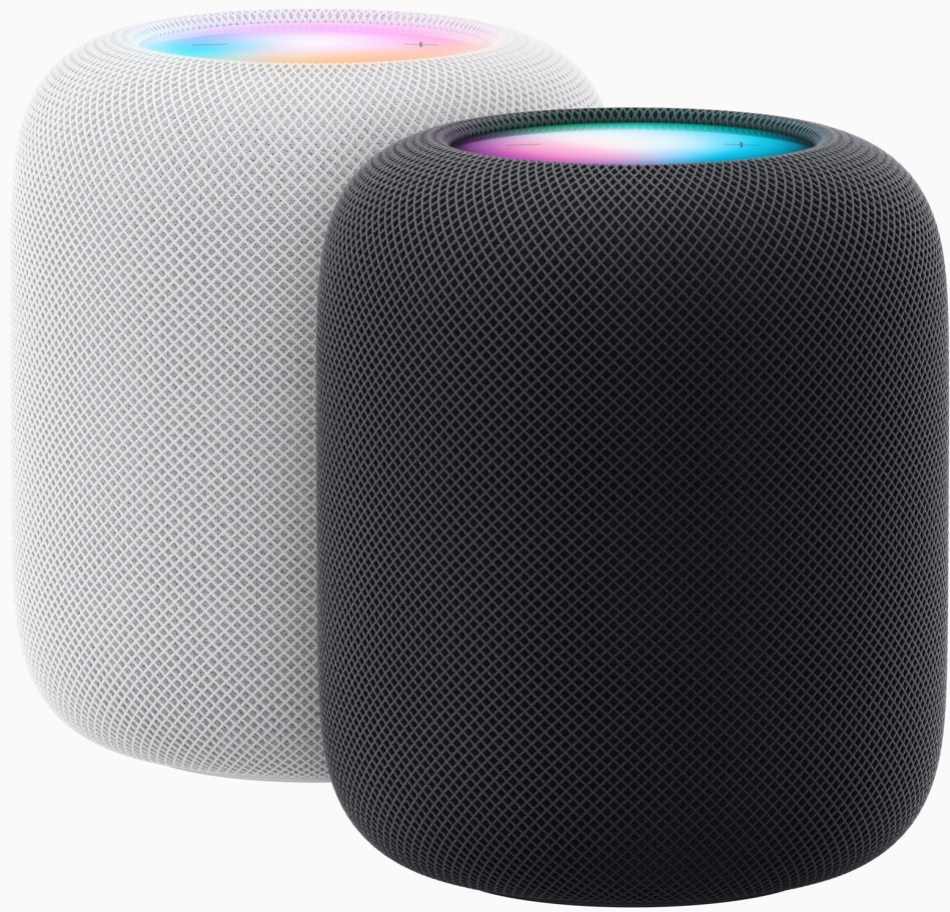
If you’re thinking that it looks just like the first-generation HomePod, introduced in mid-2017 and discontinued in the spring of 2021, you’d be almost right; they’re near-identical save for slight dimensional variances. And addressing my earlier criticism, the redesigned version does come with a $50 lower price tag ($299 for the second-gen versus $349 for the first-gen), although consider that the competitive high-end Amazon Echo Studio is still $100 less ($199) regular-priced, and is regularly promotion-discounted even further. Presumably to lower the BOM cost, Apple reduced the number of tweeters from seven (first-gen) to five (second-gen); that said, reviewers report that the two versions sound near-identical. The second-gen unit also back-steps from a Wi-Fi perspective, from 802.11ac to 802.11n. And adding further insult to injury, the two generations can’t be paired to each other in a stereo configuration, presumably due at least in part to their differing SoC foundations (iPhone-tailored A8 vs watch-tailored S7). Or maybe Apple just wants you to retire your first-gen HomePod and buy a replacement, too…
Oh, by the way…I earlier “teased” that although there was no second Apple fall event in 2022, there’s intriguing evidence that one was originally planned. Here’s the back story. Along with the various press releases published in January 2023, Apple also unveiled a slick 18-minute accompanying video reminiscent of the ones done at prior virtual events, and focused on the new M2-based systems (reminiscent of the systems launched at prior October events):
That video, it turns out, contained metadata dating from October 2022. Eureka!
Thus concludes January 2023. But these weren’t the only products Apple’s released since its last event in early September 2022. October 2022 did bring us a few more press releases: of a new baseline iPad in four (vibrant, so say Apple’s marketeers) color options:
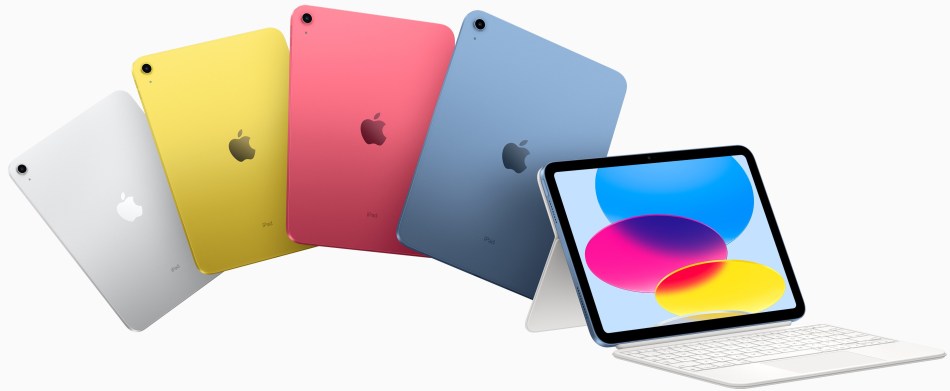
Upgraded 11” and 12.9” iPad Pros based on the M2 SoC (at a time, candidly, when the performance potential of their M1-based precursors is still largely going untapped, even with latest-generation iPadOS 16):
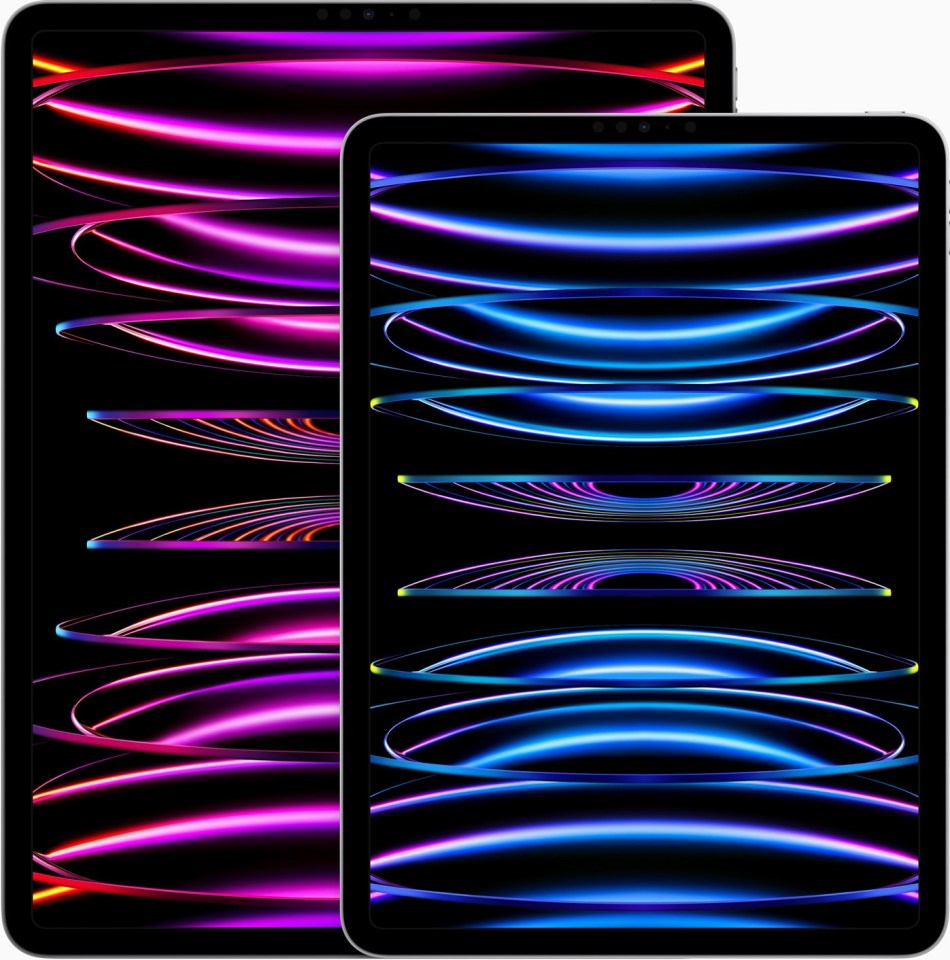
And a next-generation Apple TV 4K that starts at $129, in contrast to (for example) Roku’s high-end 2022-model Ultra set-top box at $30 less than this (99.99) regularly-priced, and, like the Echo Studio I mentioned earlier, frequently promo-priced even notably lower:
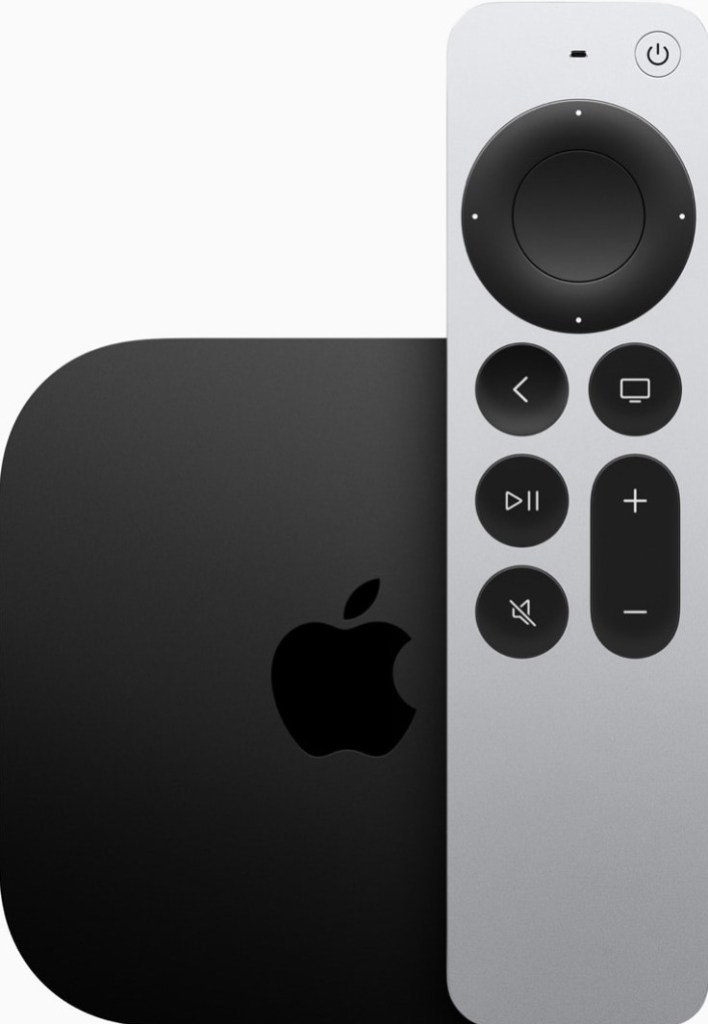
As you can probably tell, I was underwhelmed.
This all leads to “what’s next” ponderings. I’ve already mentioned the “mixed reality” headset. But what about computers, and the chips they’re based on? As I discussed in June 2022, and is still the case as I write these words nearly a year later, Apple has blown way past its original “two year” forecast to convert its entire computing product line from Intel to Apple Silicon. With the aforementioned release of the M2 Pro-based Mac mini, one more Intel-based bowling pin has fallen. But the Intel-based Mac Pro remains standing. And even if Apple forcefully topples it over, its customers might not be pleased with what takes its place.
Here’s my take. For years now, the bulk of Apple’s computing portfolio has consisted of products (various MacBook variants, along with the iMac and Mac mini) that were:
Modestly powerful at-bestOften power- (if battery-operated) and/or thermal- (if small form factor) constrained, andRarely if ever end-user upgraded, assuming they could even beTurns out, Apple’s Arm-based SoCs were pretty much perfect for such scenarios. But high-end professional (content-creation, etc.) systems like the Mac Pro are a completely different beast. Their users have long been “trained”, and therefore now have the reasonable expectation, that not only will these systems be wicked-fast (trading off power consumption and heat dissipation in the process), they’ll also be long-term upgradeable: higher-capacity mass storage, more RAM, newer and more powerful graphics cards, oodles of expansion busses and I/O, etc.
Those aspirations, unfortunately for Apple, don’t line up well against systems based on highly integrated SoCs with non-upgradeable graphics and dallops of memory. And here’s another thing: I already mentioned earlier that the latest Mac minis are squeezing the just-introduced-a-year-ago Mac Studio from below. I’m assuming that, given how long Apple’s been promising us an Arm-based Mac Pro, the company will sooner or later be compelled to follow through and deliver something. But if it’s as non-upgradeable as I suspect it will be, won’t it also squeeze the Mac Studio from above? And if so, why’d Apple even bother introducing the Mac Studio? Then again, we’ve been here before: the company was forced (IMHO) to unveil a “Pro” iMac variant to fill the time gap between the underwhelming “trash can” Mac Pro and its belated successor.
Other rumors include a finally-15” variant of the MacBook Air and an SoC-upgraded (24”?) iMac, one of the first Apple Silicon-based computers Apple released but, as I write these words, subsequently still stuck at the M1 generation. We shall see. Until next time (WWDC?), I look forward to your thoughts in the comments!
—Brian Dipertis the Editor-in-Chief of the Edge AI and Vision Alliance, and a Senior Analyst at BDTI and Editor-in-Chief of InsideDSP, the company’s online newsletter.
Related Content
Fall tech events twain: Apple’s (potential) loss is Amazon and Google’s gainObsolescence by design, defect, or corporate decreeApple’s 2022 WWDC: Generational evolution and dramatic obsolescenceApple’s HomePod mini: The sound’s not tinnyApple’s Spring Event pique: A not-so-unique chiplet ‘peek’Apple’s latest product pronouncements: No launch events, just news announcements由Voice of the EngineerConsumerColumn releasethank you for your recognition of Voice of the Engineer and for our original works As well as the favor of the article, you are very welcome to share it on your personal website or circle of friends, but please indicate the source of the article when reprinting it.“Apple’s latest product pronouncements: No launch events, just news announcements”

